It’s that time of year again, when people and grey whales head to the lagoons of Baja California Sur for the annual winter event.
Photos and text by Ana Pozas, MSc student
During my recent trip to my home country Mexico, I visited the Baja California Sur state where some of my thesis is based, and where marine life is intertwined with the local culture.
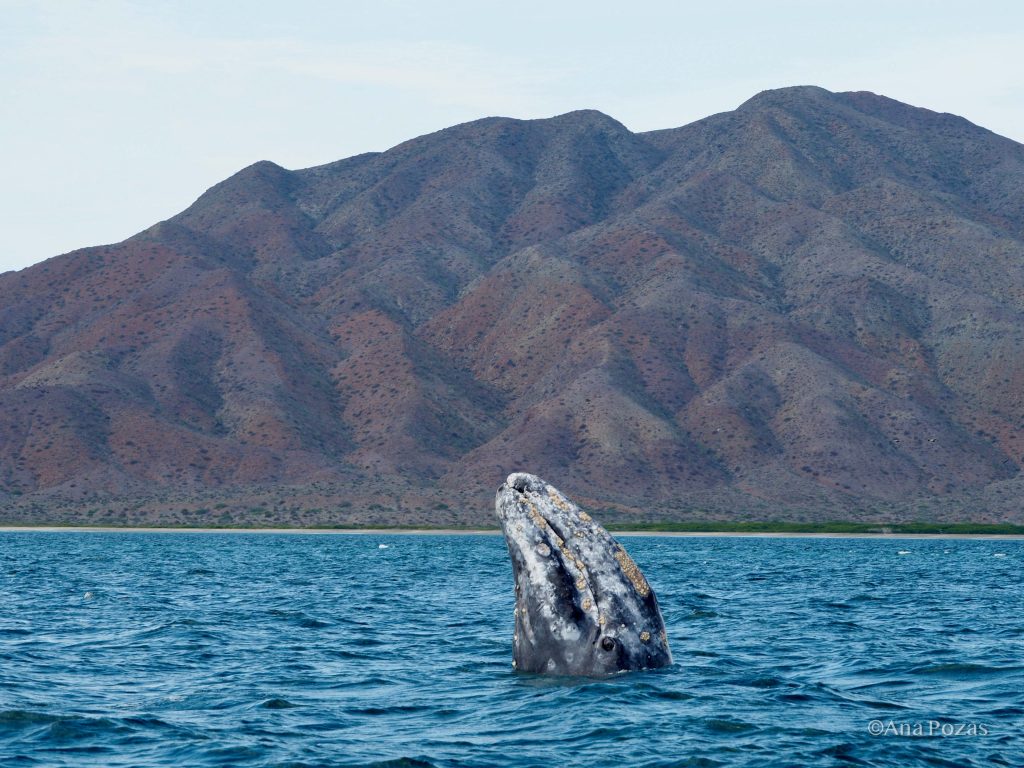
Grey whale spy hopping the boat in Puerto Chale, BCS, January 2022.
Watching grey whales is a popular ecotourism practice during the winter months in Baja California Sur, Mexico. Grey whales migrate from Alaska and Canada down to Mexico to sheltered bays like Bahia Magdalena and Bahia Almejas (in Puerto Chale). Surrounded by beautiful mountains and sheltered by mangroves, these bays are the perfect nursery for the whales to birth their calves.
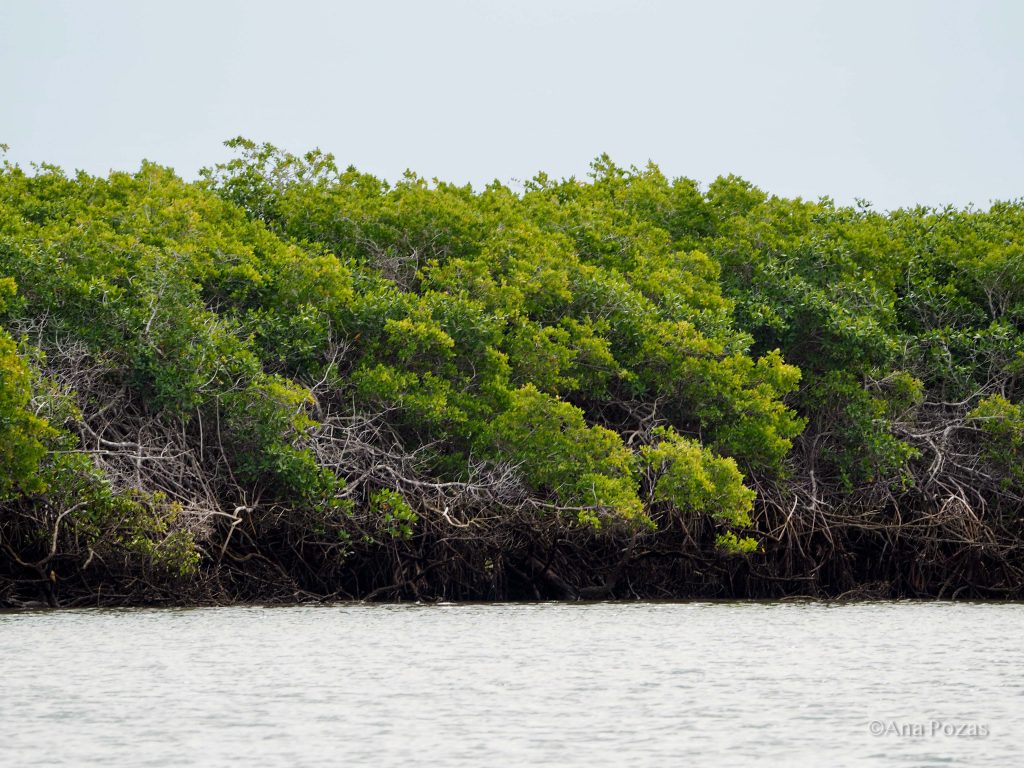
Mangroves along the coast, Puerto Chale, BCS.
For the local people, the annual return of the grey whales means turning their fishing boats into whale watching boats for the season. The rest of the year, villages like Puerto Chale rely solely on fishing, mainly bivalves as well as small fish species such as white mullets. There is no continuous electricity or running water here so people rely on generators and the various solar panels you see when you arrive. The nearest town with electricity is over 20km away!
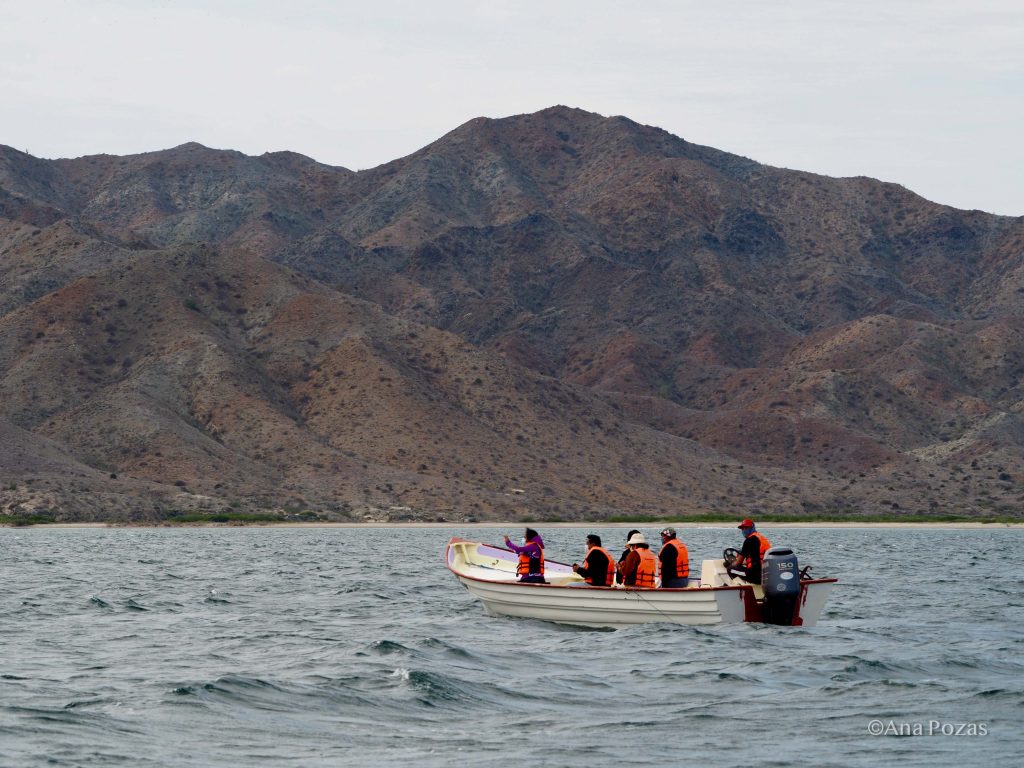
Fishing boat turned into a whale-watching boat for the season, Puerto Chale, BCS.
Although it may seem isolated, it is great to see how Puerto Chale has clear conservation-conscious signs by the water say “aprende cómo apreciar la vida marina”, which translates to “learn how to appreciate marine life”, and “de su calidad de vida depende la tuya”, meaning “your quality of life depends on theirs [marine life]”.
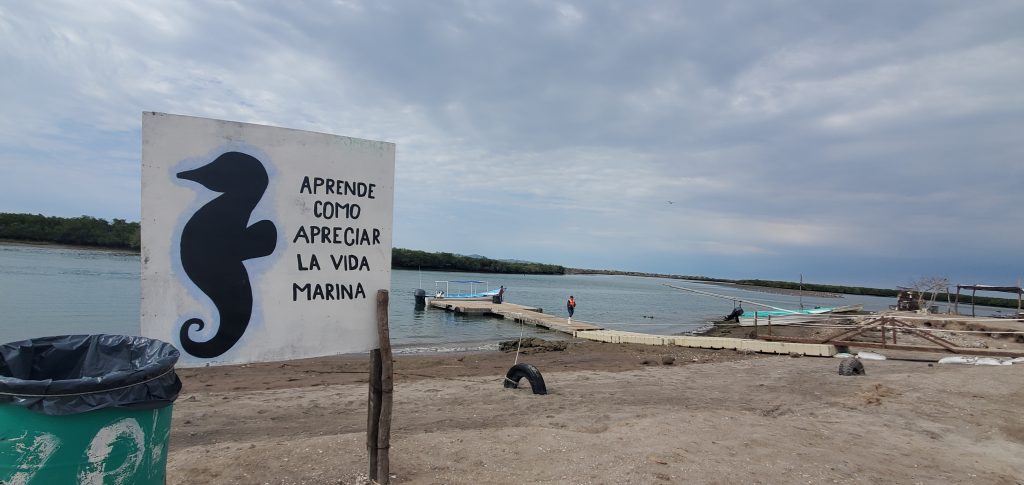
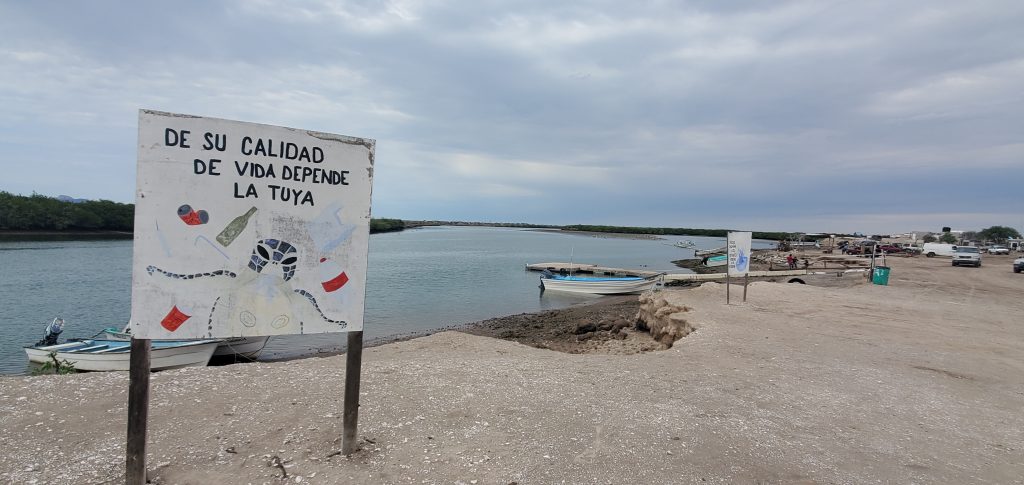
Conservation-conscious signs in Puerto Chale, BCS.
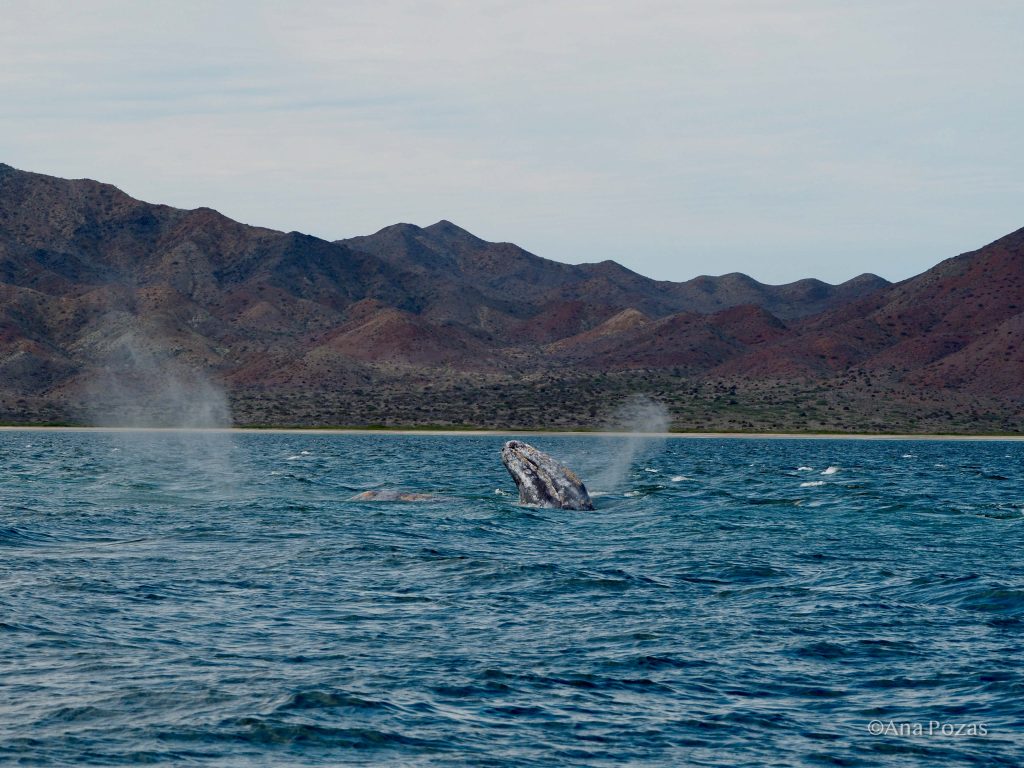
Two grey whales near the whale-watching boat, Puerto Chale, BCS.
Places like Puerto Chale are not only unique, but are important and necessary for grey whale populations to continue migrating and reproducing every year. Grey whales live long lives and invest lots of energy and resources into their calves. Hopefully places like these will continue to remain ideal nurseries, and our impact on the whales will belimited to simply watching them return!
Ana Pozas is a Graduate Student at University of British Columbia’s MMRU
